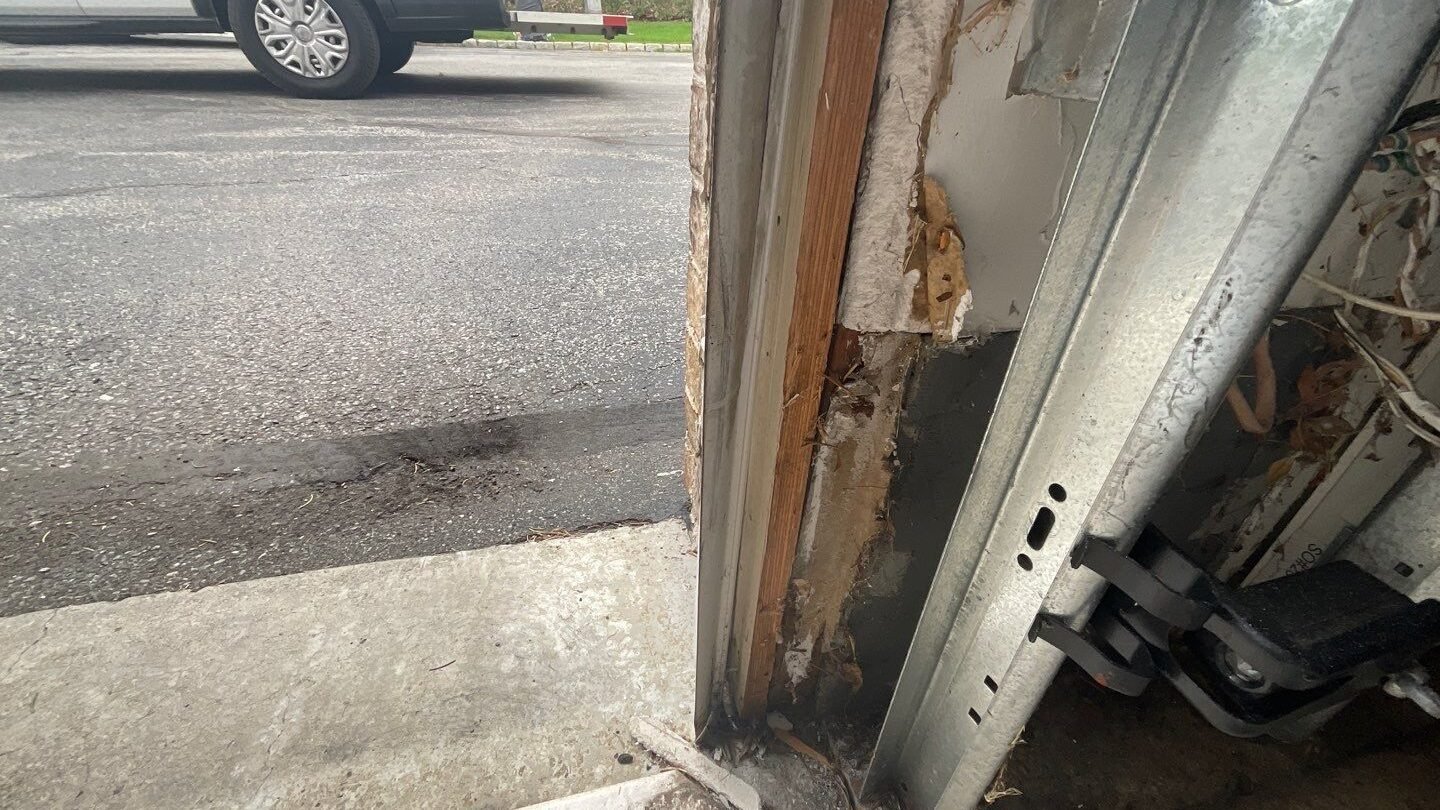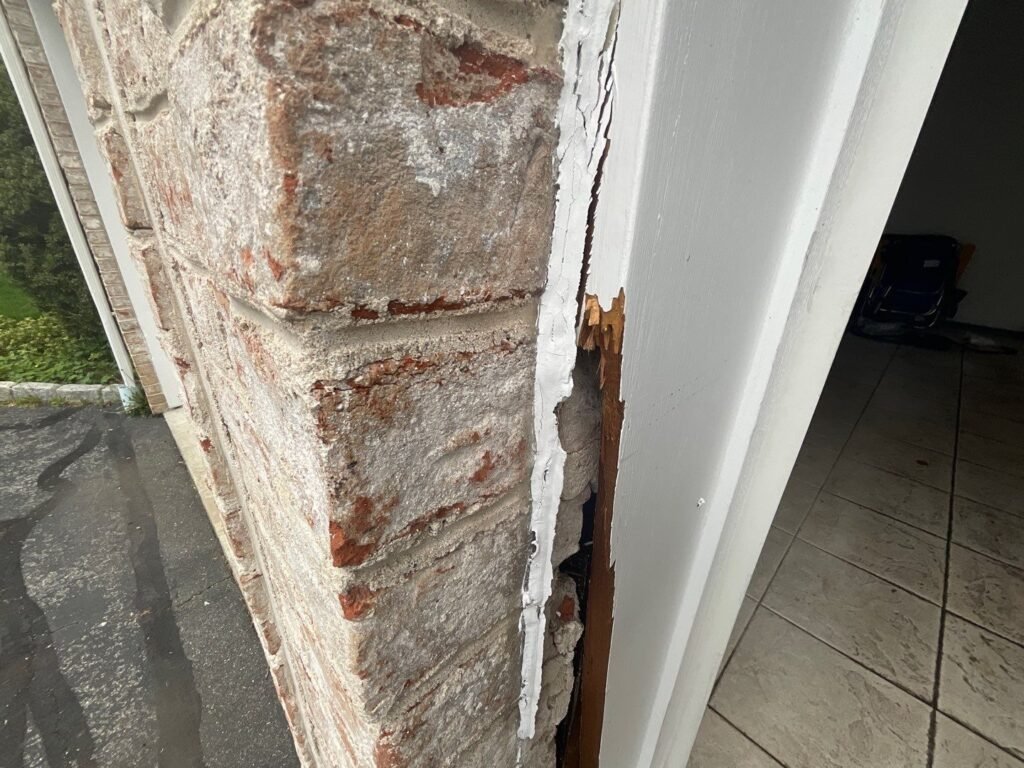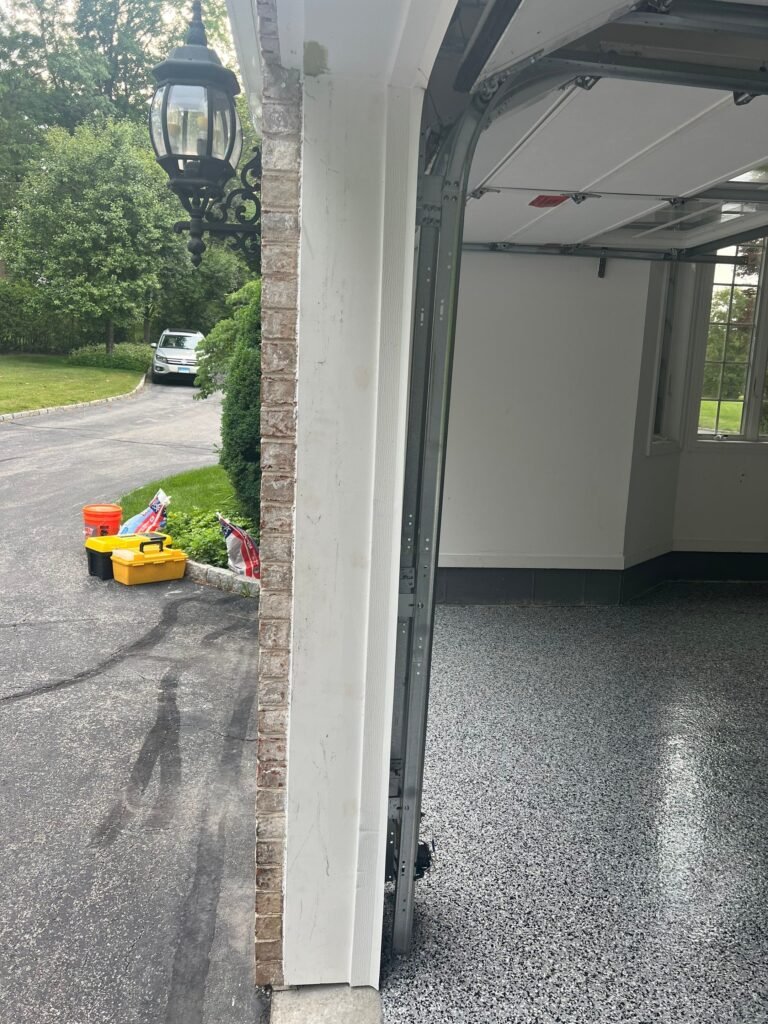A garage door is one of the largest moving parts of your home, and when it malfunctions, it can be a major inconvenience or even a safety hazard. While some minor issues can be addressed by a DIY enthusiast, understanding the common problems, essential safety tips, and when to call a professional is paramount.

Common garage door problems
Broken torsion springs
- Description: Torsion springs are mounted horizontally above the garage door opening and bear the immense weight of the door. They are under extreme tension. A broken spring will make the door feel incredibly heavy or impossible to lift manually.
- Sign: A loud “bang” often signals a broken spring, or you might see a visible gap in the spring itself.
Frayed or snapped cables
- Description: Cables run from the bottom corners of the garage door up to a drum near the torsion springs, helping to lift and lower the door smoothly. Frayed cables are a precursor to snapping.
- Sign: The door might appear lopsided, or one side might sag. If a cable snaps, the door will likely become jammed or fall unevenly.
Misaligned rollers & tracks
- Description: Rollers guide the garage door along tracks mounted on the sides of the opening. If a roller comes out of the track or the tracks become bent or misaligned, the door won’t move smoothly.
- Sign: The door might stick, squeak excessively, or get jammed part way open or closed. You may see visible gaps between rollers and tracks.
Faulty openers & sensors
- Description: The opener motor lifts and lowers the door, while safety sensors (photo eyes) at the bottom of the tracks prevent the door from closing on obstructions.
- Sign: The door opens partially then reverses, doesn’t respond to the remote, or the safety sensor lights blink.
Essential safety tips
Garage door springs and cables are under extreme tension and can cause severe injury or even death if mishandled.
- NEVER attempt to repair torsion springs or cables yourself. This is a job for trained professionals only.
- Always disconnect the garage door opener by unplugging it or flipping its circuit breaker before attempting any work on the door.
- Use proper safety gear: Wear safety glasses and sturdy gloves.
- Prop the door open with clamps or vice grips if you are working on the tracks or rollers with the door partially open. Do NOT rely on the opener to hold the door.
Diagnosing the issue
- Listen: Did you hear a loud bang? (Likely springs)
- Look: Is the door crooked? (Cables, tracks, rollers) Are springs visibly broken? Are cables frayed?
- Lift (Carefully): With the opener disconnected, can you lift the door manually? If it’s incredibly heavy, suspect springs. If it’s stuck, check tracks/rollers.
- Check Sensors: Ensure the safety sensors are clean, aligned, and their indicator lights are on (refer to your opener manual).
DIY repair steps (springs, cables, roller alignment)
Important Note: The following DIY steps are for minor issues ONLY. DO NOT attempt spring or cable replacement yourself.
- Roller Alignment/Lubrication:
- Disconnect power to the opener.
- Inspect: Look for rollers that have come out of the track or tracks that are bent.
- Lubricate: Use a silicone-based garage door lubricant on rollers, hinges, and springs (if intact). Do NOT use WD-40.
- Realign: If a roller is out of the track, you might be able to gently guide it back in with a pry bar, being careful not to bend the track further. If the track is bent, use pliers or a rubber mallet to gently straighten it. Severe bends require professional help.
- Tighten Loose Hardware:
- Disconnect power.
- Inspect: Check all nuts, bolts, and screws on hinges, track brackets, and the opener mounting hardware.
- Tighten: Use a wrench or socket set to tighten any loose hardware. Do not overtighten.
- Clean Photo Eye Sensors:
- Locate: Two small boxes near the bottom of the garage door tracks.
- Clean: Wipe the lenses with a soft, clean cloth.
- Align: Ensure they are perfectly aligned and facing each other. Check for blinking indicator lights which usually signal misalignment or blockage.
When to call a pro
Always call a professional for:
- Broken Torsion Springs: Extremely dangerous to DIY.
- Frayed or Snapped Cables: Also under high tension and very dangerous.
- Severely Bent or Damaged Tracks: Often requires specialized tools and expertise to repair or replace without damaging the door.
- Opener Malfunctions (beyond sensor issues): If the motor is grinding, or the door isn’t responding, it’s best to call a technician.
- Garage Door Off Track: If the entire door has come off its tracks, it’s very heavy and dangerous to attempt to put back yourself.


Preventive maintenance & tune-ups
Regular maintenance can prevent many common issues:
- Lubricate Moving Parts: Annually or semi-annually, apply silicone-based lubricant to rollers, hinges, and springs.
- Tighten Hardware: Periodically check and tighten all nuts and bolts.
- Test Balance: Disconnect the opener and manually lift the door halfway. If it stays put, it’s balanced. If it falls or springs up, the springs need adjustment by a pro.
- Test Safety Features: Regularly test the auto-reverse mechanism and safety sensors.
- Inspect Cables & Rollers: Look for signs of wear, fraying, or damage.
For complex repairs or comprehensive maintenance, Genesis Pro Painting recommends contacting a qualified garage door technician. While we specialize in painting, we understand the importance of a fully functional and safe home, and a well-maintained garage door is part of that.
